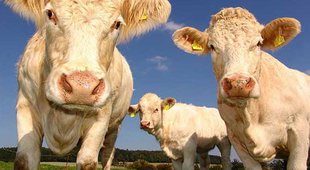Should You Invest in Farmland ETFs? (& a Great Alternative)
An ETF (Exchange Traded Fund) is a collection of multiple assets in a single fund that you can trade on the stock market.
A single ETF can hold hundreds or thousands of stocks across various industries. But a farmland ETF (or agriculture ETF) holds only agriculture stocks, like shares in grain, livestock, and sugar companies.
So are farmland ETFs a wise investment?
Well, they can be if you choose the right ones.
Let’s look at the best farmland ETFs in 2022 and discover the answers to frequently asked questions about ETFs. We’ll also show you how Vinovest can help you invest in an attractive alternative - fine wine.
Further reading
- Are you interested in trading wines online? Check out This Comprehensive Guide To Wine Exchanges.
- Also, discover how you can easily Get Started on Wine Investing.
The Best Farmland ETFs in 2022
Direct investment in farming can be a hassle if you don’t have agricultural expertise. However, farmland ETFs are a way for investors to get involved in agricultural investing without knowledge of actual farming techniques.
But before getting into the specifics, let’s look at the best ETFs in 2022:

1. Invesco DB Agriculture Fund (DBA)
This is one of the most popular and largest ETFs.The fund invests in several natural agricultural resources and provides investors easy access to commodity futures.
But due to the risks associated with the futures market, this fund may not suit all investors.
- What they invest in: Wheat, corn, soybeans, sugar, coffee, cocoa, cattle
- YTD (Year To Date Returns): 1.64%
- Expense Ratio: 0.85%
- Assets: $2.35 billion

2. Teucrium Agriculture Fund (TAGS)
This agriculture ETF offers exposure to four separate Teucrium commodity funds related to crop production - the Teucrium Corn Fund, Soybean Fund, Wheat Fund, and Sugar Fund.
The four funds invest in commodity futures, so their yields fluctuate based on commodity prices.
- What they invest in: Wheat, corn, soybean, sugar
- YTD: 11.99%
- Expense Ratio: 0.13%
- Assets: $43 million
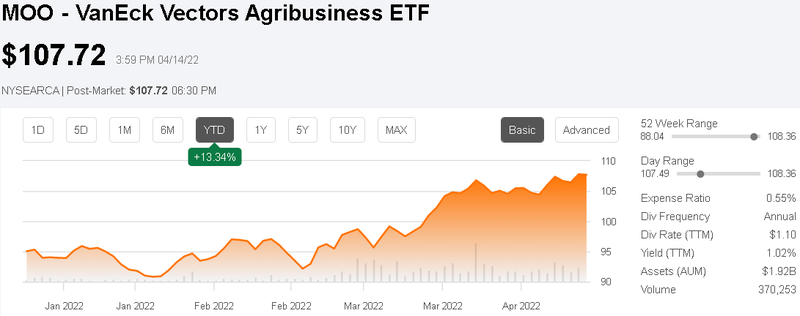
3. VanEck Agribusiness ETF (MOO)
This fund offers investors exposure to a combination of equities involved in the agricultural sector. Its holdings are primarily in developed regions, but it also holds global farmland in emerging markets, including Brazil, Malaysia, and Singapore.
- What they invest in: Animal health, aquaculture, fishing, agricultural products.
- YTD: -9.05%
- Expense Ratio: 0.52%
- Assets: $2 billion
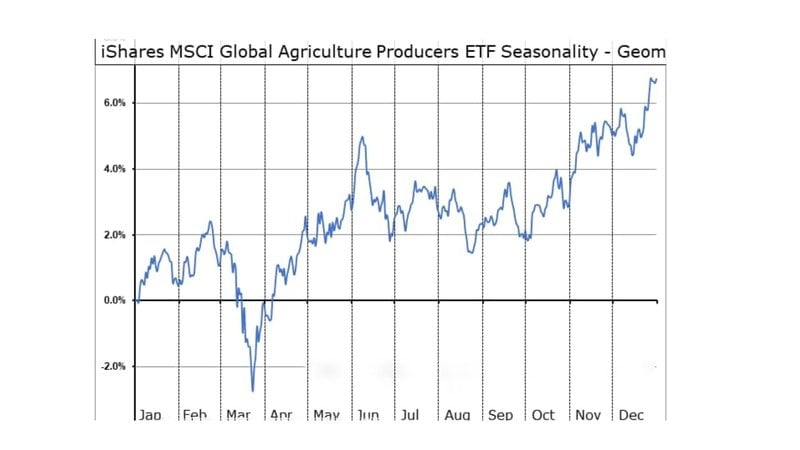
4. iShares MSCI Global Agriculture Producers ETF (VEGI)
This ETF includes equity securities of companies in the agricultural sector in both developed and emerging regions.
- What they invest in: Fertilizers, agricultural chemicals, farm machinery
- YTD: -3.46%
- Expense Ratio: 0.39%
- Assets: $321.7 million
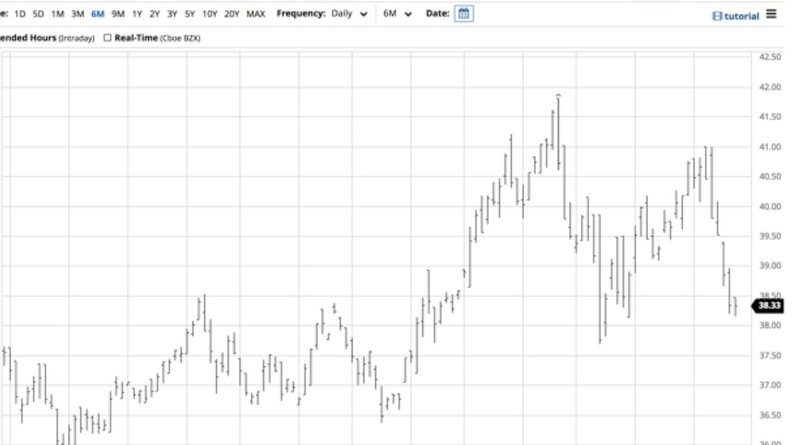
5. iShares Series B Bloomberg Livestock Subindex Total Return ETN (COW)
This ETN (Exchange Traded Note) consists of a lean hogs futures contract and a live cattle futures contract.
Since investors in ETNs don’t receive monthly dividend payouts, they can defer capital gains tax until the ETN is sold or matures. However, you should be cautious when investing in this type of investment as it is unsecured and not guaranteed by any third party.
- What they invest in: Livestock
- YTD: -3.63%
- Expense Ratio: 0.45%
- Assets: $19.66 million
Next, we’ll look at a few more questions you may have about farmland ETFs.
Farmland ETFs: FAQs
Let’s discover:
- How Can You Buy Farmland ETFs?
- Are There Other Ways of Investing in Farmland?
- What Are The Best Farmland REIT ETFs to Invest In?
- What’s The Difference Between ETFs and Mutual Funds?

1. How Do You Buy Farmland ETFs?
The easiest way to start investing in a farmland ETF is with an investment trading platform. There are several platforms and apps available, such as Harvest Returns, Robinhood, M1 Finance, Acorns, and Webull.
Some might charge a commission on each sale, others may be commission-free but charge other fees.
Keep in mind that some platforms have very low investment minimums and let anyone start investing, while others require you to be an accredited investor.
After signing up, you’ll be able to buy and sell Exchange Traded Fund shares and stocks via the app. You’ll also be able to monitor your ETF’s performance.
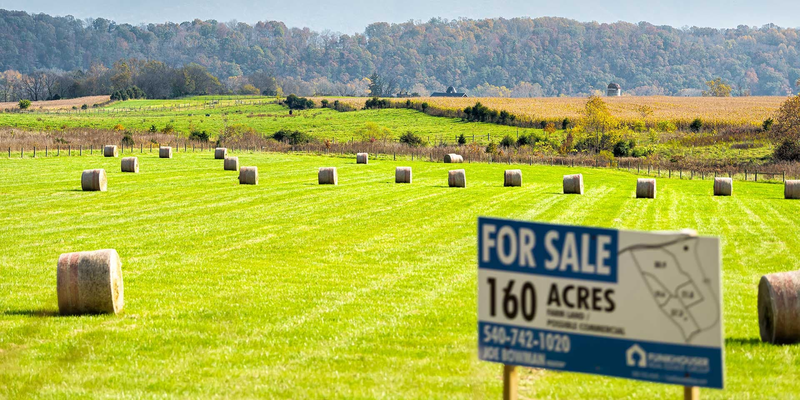
2. Are There Other Ways of Investing in Farmland?
If you’re interested in farmland investing, here are two other farmland investment options you could consider:
- AgriculturalREITs (Real Estate Investment Trust): These REITs fall into the same asset class as ETFs but they generate income from agricultural land and real estate. REITs can be purchased on the stock market, like ETFs.
- Agricultural Commodities: A commodity is a tangible asset from one of three main categories - metals, energy, and agriculture. A commodity ETF involves an investment in one of these categories. Agricultural commodities are investments solely in tangible farming assets like livestock and crops.

3. What Are The Best Farmland REIT ETFs to Invest In?
Here are two leading farmland REITs in 2022.
- Farmland Partners (FPI): This REIT (Real Estate Investment Trust) owns 185,700 acres of arable land throughout 19 states in North America. The agricultural land in the Farmland Partners REIT is occupied by over 100 farmers, producing 26 major commercial crops. The yield to date is 8%, and the total land value is $667 million.
- Gladstone Land Corporation (LAND): This Farmland REIT comprises high-quality agricultural land leased to farmers. Currently, Gladstone Land Corporation owns 164 farms, 113,000 acres in total, spread across 15 states around the US. Its land value currently stands at $1,290 million, and its YTD is 2.44%.
- Vital Farmland REIT LLC: This REIT is managed by Farmland LP, one of the largest institutional investors focusing on ESG investing (Environmental, Social, Governance), primarily converting conventional farming to organic farming in the US. Farmland LP currently owns and manages around 15,000 acres of arable land in Washington, Oregon, and California with $200 million in assets.
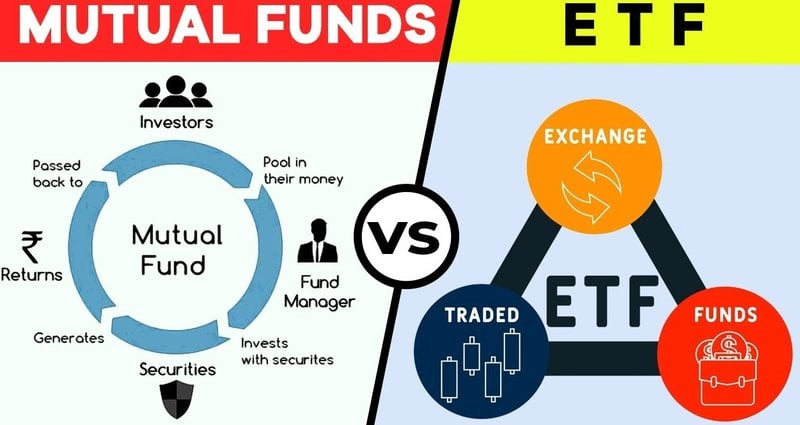
4. What’s The Difference Between ETFs And Mutual Funds?
ETFs are similar to mutual funds in that both are types of funds that contain several different assets. They are also both managed by institutional investors.
However, an ETF can be traded on the stock market throughout the day like stocks, while mutual fund shares can only be traded at the end of each trading day.
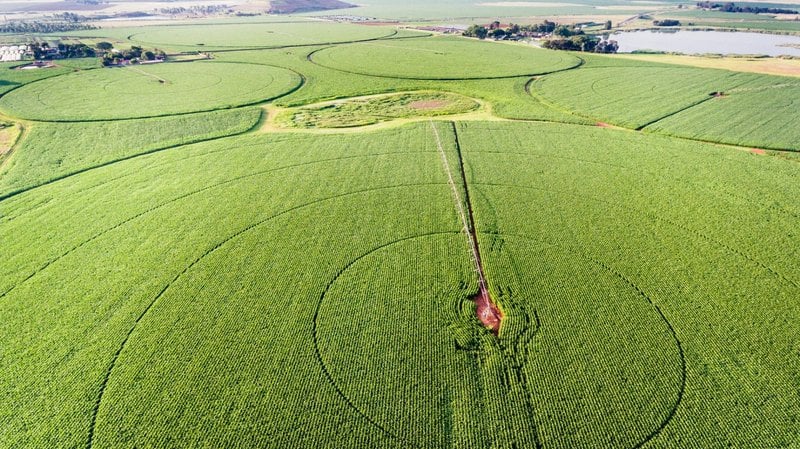
Should You Invest in Farmland ETFs?
Renowned investor Warren Buffet and the US Federal Reserve own billions in ETFs. But is it a good idea for the average investor?
Let’s look at the pros and cons of investing in farmland ETFs before making a decision.
1. Pros of Investing in Farmland ETFs
- Helps Build a Recession-Proof Portfolio: Investing in a farmland ETF can help investors create a more recession-resistant portfolio. This is because farmland ETFs are relatively stable assets.
Historically, consumer staples and farming assets that make up farmland ETFs hold their value in challenging economic conditions. As a result, farmland ETFs can provide a hedge during economic downturns.
- High Liquidity: Farmland ETFs have become popular amongst investors recently, contributing to their portfolios’ liquidity. In other words, there is sufficient trading interest and investors can sell EFTs quickly if necessary.
- Ease of Access: Another benefit is that farmland ETFs are easy to access, even for first-time investors. Most often, you don't have to be an accredited investor to buy farmland ETFs.
2. Cons of Investing in Farmland ETFs
- Low Yields: The downside of investing in a farmland ETF (Exchange Traded Fund) is that in comparison to other investments, dividend yields can be quite low.
For example, iShares Oil & Gas Exploration & Production UCITS ETF (SPOG) was the best performing ETF in 2021, with returns of 73.4%. On the other hand, the top performing farmland ETF, Invesco DB Agriculture Fund, resulted in a 22.33% annual return in the same year.
- No Control Over Fund Decisions: ETF Brokers and managers will be making all the decisions regarding what assets the fund acquires and sells. So, as an investor in the ETF, you have no control over the decisions relating to the ETF.
- High Expense Ratio: Another concern is that the average expense ratio of the fund can often be high, reducing your overall return.
Now:
What if you want an investment that gives your higher yields where you have full control of the asset decisions?
Let’s look at an exciting investment alternative and the easiest way to invest in it.
An Attractive Alternative to Farmland ETFs: Fine Wine
If you’re an investor that prefers being in control of your own portfolio, fine wine may be a better investment choice for you.
How?
Farmland ETFs are usually controlled by a fund manager. But, if you invest in wine through a company like Vinovest, you’ll have control over which wine you invest in.
Also, wine investments typically enjoy positive returns, around 13.6% annualized over 15 years. This is predominantly caused by the imbalance between demand and supply.
Only 1% of the wine produced globally is investment-worthy, which makes sourcing an outstanding bottle extremely challenging.
Fortunately, if you’re looking for expert wine investment advice, Vinovest can help!
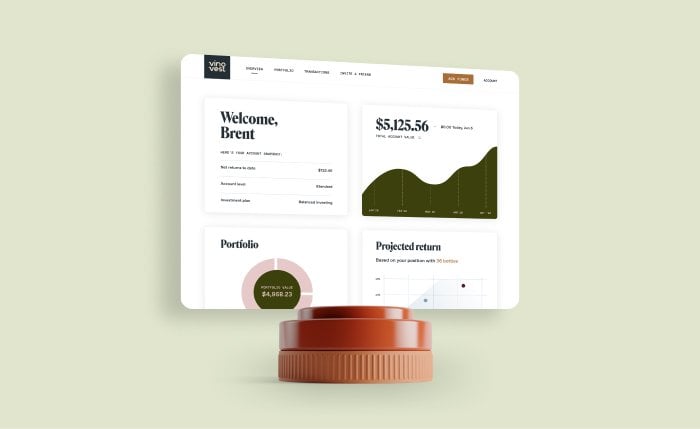
Vinovest is a leading wine investment company that helps you buy, store, and sell rare and authentic wines from around the globe in just a few clicks.
Here’s how the platform works:
- Sign up.
- Complete a short questionnaire to help determine your preferred investment approach.
- Fund your account with at least $1,000.
- Vinovest’s AI will curate the best investment recommendations for you based on your completed questionnaire.
- Watch your portfolio grow.
Investing in Farmland ETFs: Is It A Smart Choice?
Investing in a farmland ETF can help diversify your portfolio and minimize risks. And since there will always be a demand for farming products - farmland ETFs provide an investment hedge.
However, yields can be lower than expected. Moreover, once you’ve bought into a fund, you’ll have no control over which individual assets are traded by the fund.
On the other hand, if you invest in fine wine through Vinovest, you’ll have complete control over which bottles you buy and sell.
Visit Vinovest’s website to see how you can easily trade rare bottles whenever it suits you right from the app.
